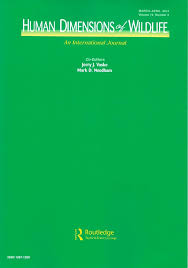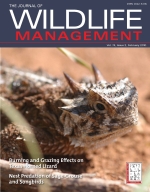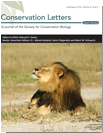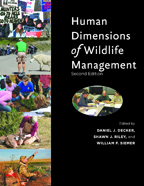Differing stakeholder preferences for trust resource benefits present a challenge for trust administrators. While trust administrators cannot satisfy the needs of every beneficiary with every decision they make, they are tasked with considering all beneficiary interests fairly, even-handedly, and without arbitrarily privileging one type of interest over others. This includes meeting the needs of current beneficiaries while not foreclosing options for future beneficiaries. 1 2 3 4 5 6 7
In turn, beneficiaries have a right to be informed about and a responsibility to engage in decision making, and to hold trust administrators accountable for fulfilling their responsibilities. 8 9 Trust administrators must ensure that their decision-making processes are transparent so beneficiaries understand the rationale for decisions and to provide accountability to beneficiaries. 10 This is especially true for those decisions that may be controversial or surface conflicting values.
A well-functioning trust relationship also requires that beneficiaries meet their responsibilities to be informed and engaged. However, beneficiaries may not be aware that the public trust in wildlife exists, the role of wildlife agencies in managing that trust, or their rights and responsibilities as beneficiaries. Therefore, trust administrators need to create meaningful, accessible opportunities for diverse beneficiaries to be informed about and engaged in decision making. 11 12 13
This interdependence between beneficiaries and trust administrators requires that trust administrators know something about the beneficiaries. This can be a challenge, especially for beneficiaries with whom wildlife agencies do not have existing relationships.
Human dimensions of wildlife research—for example through stakeholder surveys, interviews, or other methods of stakeholder engagement—can reveal beneficiaries’ values, attitudes, behaviors, needs, and desires, may help trust administrators weigh costs and benefits of decisions related to trust asset management, and evaluate outcomes of trust management. 14 15 16 17 18 19 20 Trust administrators may also benefit from learning about and connecting with beneficiaries through partnerships with nongovernmental organizations. 21 22 23
Back to the Public Trust Anthology main page
Featured Publications
Click on the image to be directed to the article website. Placing your cursor on the text will automatically stop the movement.
- Principles of Public Trust Thinking ↩
- Applying Public Trust Thinking to Wildlife Governance in the United States: Challenges and Solutions ↩
- Public Trust Principles and Trust Administration Functions in the North American Model of Wildlife Conservation: Contributions of Human Dimensions Research ↩
- Impacts Management: An Approach to Fulfilling Public Trust Responsibilities of Wildlife Agencies ↩
- What Does it Mean to Manage Wildlife as if Public Trust Really Matters? ↩
- A Conservation Institution for the 21st Century: Implications for State Wildlife Agencies ↩
- Stakeholders as Beneficiaries of Wildlife Management ↩
- Governance Principles for Wildlife Conservation in the 21st Century ↩
- Principles of Public Trust Thinking ↩
- Governance Principles for Wildlife Conservation in the 21st Century ↩
- The Essential Role of Human Dimensions and Stakeholder Participation in States’ Fulfillment of Public Trust Responsibilities ↩
- Governance Principles for Wildlife Conservation in the 21st Century ↩
- Applying Public Trust Thinking to Wildlife Governance in the United States: Challenges and Solutions ↩
- Applying Public Trust Thinking to Wildlife Governance in the United States: Challenges and Solutions ↩
- Stakeholder Engagement in Wildlife Management: Does the Public Trust Doctrine Imply Limits? ↩
- The Essential Role of Human Dimensions and Stakeholder Participation in States’ Fulfillment of Public Trust Responsibilities ↩
- Public Trust Philosophy for Fish and Wildlife Management: Implications for Human Dimensions ↩
- Challenges for Multilevel Stakeholder Engagement in Public Trust Resource Governance ↩
- Public Trust Principles and Trust Administration Functions in the North American Model of Wildlife Conservation: Contributions of Human Dimensions Research ↩
- Stakeholders as Beneficiaries of Wildlife Management ↩
- Applying Public Trust Thinking to Wildlife Governance in the United States: Challenges and Solutions ↩
- The Essential Role of Human Dimensions and Stakeholder Participation in States’ Fulfillment of Public Trust Responsibilities ↩
- A Conservation Institution for the 21st Century: Implications for State Wildlife Agencies ↩




